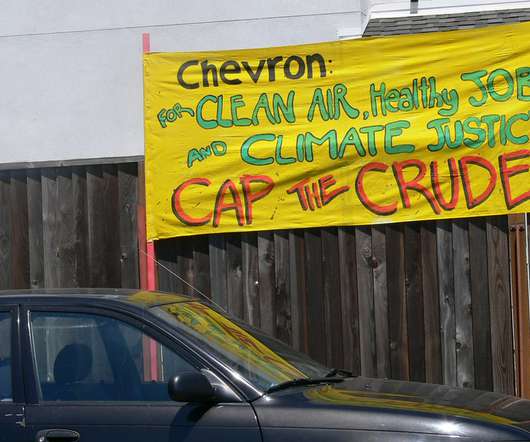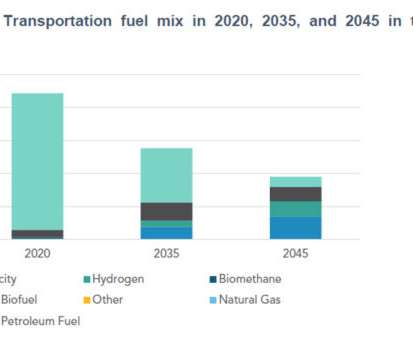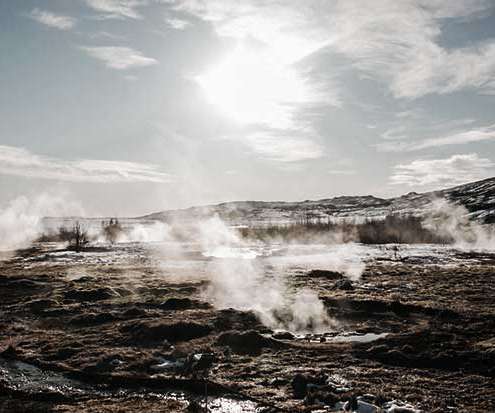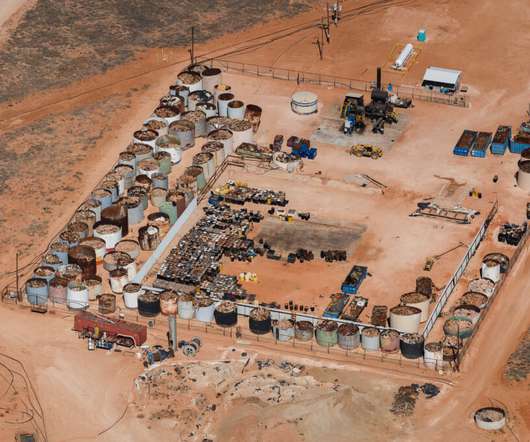Can California’s cap and trade address environmental justice?
GreenBiz
DECEMBER 16, 2020
The system works by setting a limit on the total amount of greenhouse gases released by refineries, power plants and other large emitters, and requires polluters to obtain permits to cover their share. In-state emissions were offset by purchasing cleaner power and carbon credits from other projects that reduced emissions elsewhere.).



















Let's personalize your content